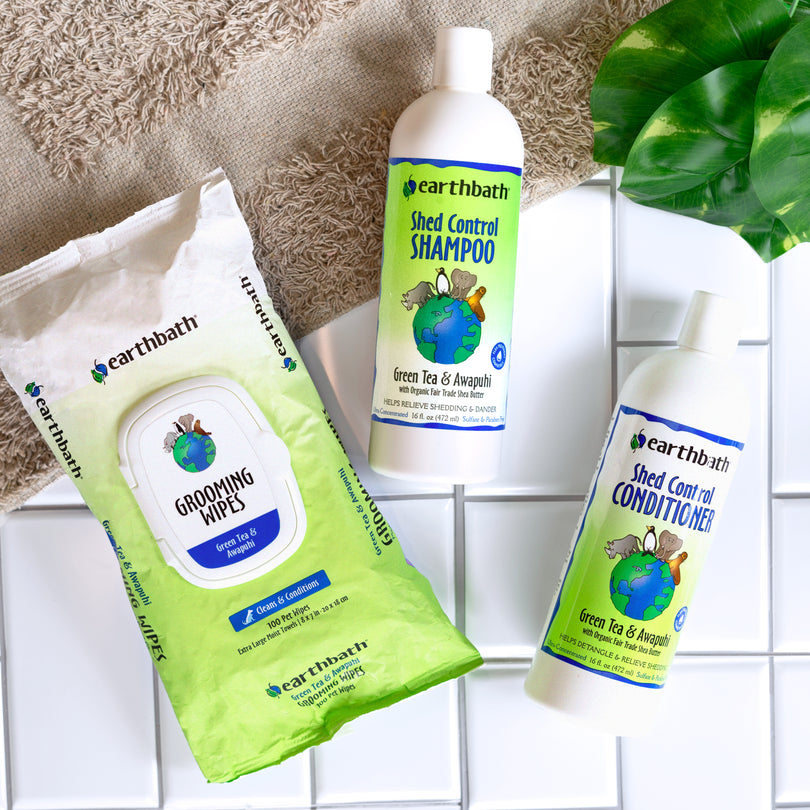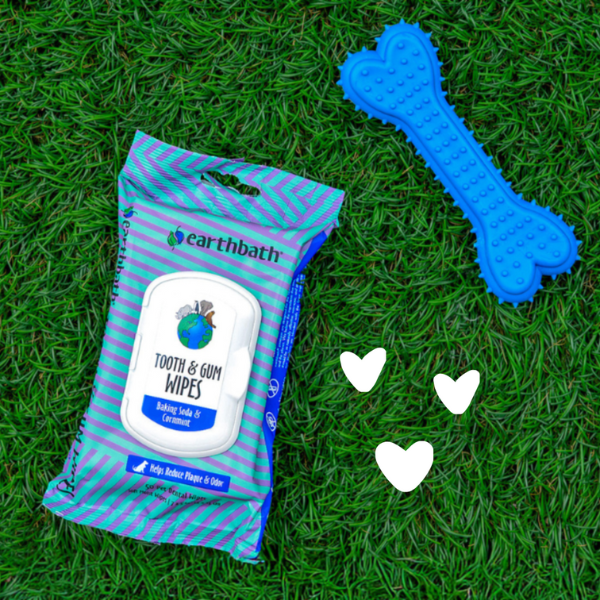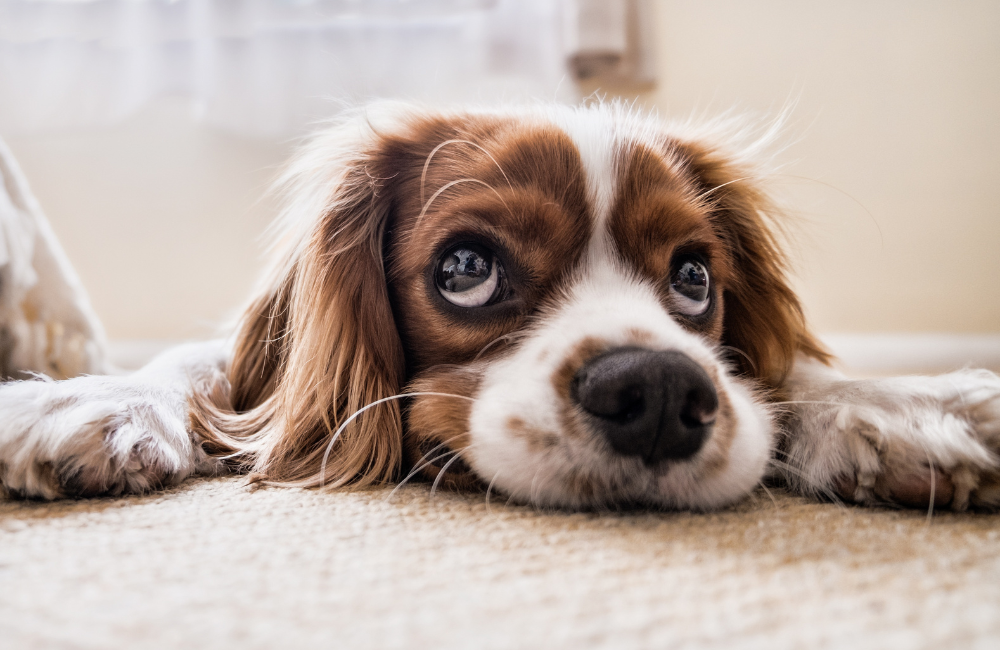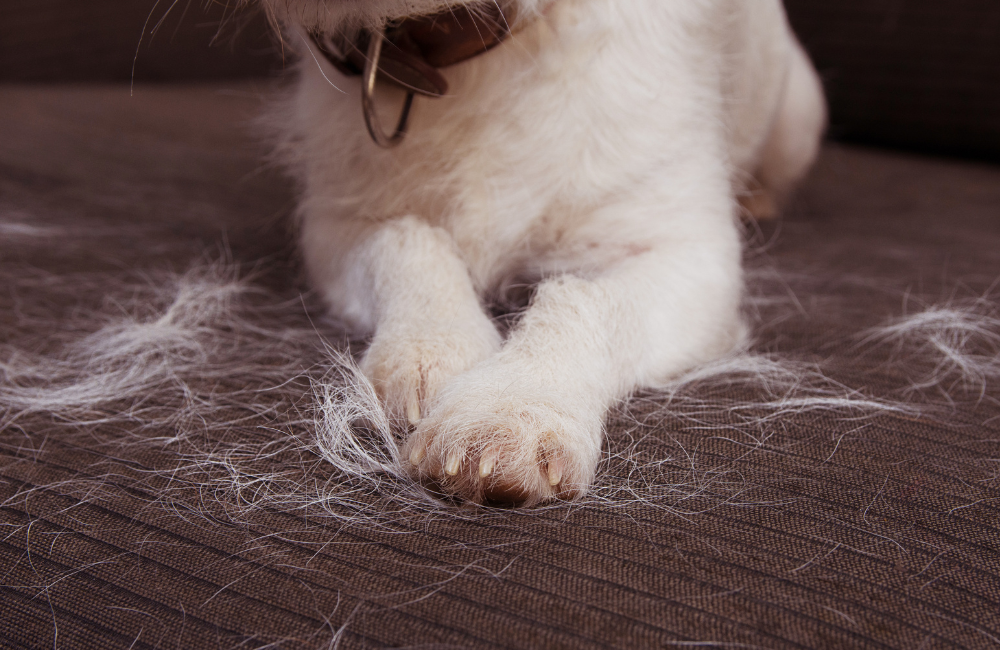As pet owners, we adore our furry companions and want the best for them. However, when we notice tear stains on their beautiful faces, it can be concerning. Don’t worry, cat and dog tear stains are a common issue, and so is looking for an effective tear stain remover. That is why we decided to tackle the causes of tear stains and discuss a number of solutions and preventative measures in this blog post.
Understanding Tear Stains
Tear stains occur when excessive tear production leads to persistently moist fur around a pet's eyes. This excess moisture can create the ideal environment for bacteria and yeast to thrive, resulting in unsightly reddish-brown stains on your pet's fur.
Some pet’s can also have epiphora, a condition that comes from excessive tear production and/ or the inability to drain tears properly. Cases of this can be mild to severe and result in tears building up and leading to stains on the eye area of your pet. These stains can be red, brown and even black.
Causes of Tear Stains
Breed Predisposition: Certain breeds are more prone to tear stains due to their anatomy. Breeds with shallow eye sockets, such as bull dogs, Shih Tzus, Maltese, Poodles, Malti-Poos and Pekingese, are also more likely to experience tear staining. White dogs tend to have more issues with brown or black stains around their eyes as well.
Teary-Eyed Pups: Tear stains are more common in puppies as their tear ducts may not be fully developed, causing overflow of tears. Teething in puppies can also cause them to produce more tears. Proper grooming during this time can help you keep staining around your puppies sensitive eye area. Learn more about how to groom your puppy in our blog post on that topic.
Medical Issues: Tear stains are common, but if they are persistent, cause your pet discomfort or they have become a new issue for your pet, it is best to consult with your veterinarian. Tear stains could be caused by an underlying medical problem like allergies or eye issues.
Your pet could have allergies to food, pollen, or environmental factors that can lead to excessive tearing. Eye irritants like foreign bodies, dust or hair, can irritate your pet's eyes and cause a pet to produce more tears. Your veterinarian will be able to identify any eye, ear or dental issues, such as an ear or tooth infection, or eye conjunctivitis.
Solutions for Tear Stains
The best way to stop tear stains is to consult with your veterinarian for a treatment plan. They may discuss dietary adjustments and topical treatments. After that visit you may want to consider the following changes to help alleviate tear stains.
High-Quality or Hypoallergenic Food: Opt for high-quality pet food without artificial additives or excessive fillers. Look for options containing lean protein sources and minimal grains. If your pet is prone to allergies, try switching to a hypoallergenic or limited-ingredient diet to identify and eliminate allergens. You may also want to consider adding probiotics to your pet's diet can improve gut health and reduce tear staining.
Water Source: Ensure your pet has access to clean, filtered water to reduce the intake of minerals that may contribute to tear staining.
Proper Grooming: A good home remedy for tear stains is to have a proper and regular grooming routine. You or your groomer can check for ingrown hairs and keep the hair trimmed short around the eyes. If there is no excessive staining, a clean cloth and warm water can be used to wipe your pet’s facial area.
Tear Stain Removers: Two of our products we recommend to help remove tear stains are our Hypoallergenic Bilberry & Blueberry Foaming Facial Wash and our Hypoallergenic Eye Wipes, both are designed specifically for use around your pet’s sensitive eye area. Our Eye Wipes were formulated with natural ingredients like witch hazel, organic aloe vera and vitamin E, which all soothe, cleanse, and prevent tear stains. (You can see a before and after photo of how well they work above!)
Tear stains are a common issue among dogs and cats, but they can be managed with a combination of dietary adjustments and the use of high quality grooming products. By understanding the causes of tear stains and providing your pet with the right care, you can help them maintain a clean and healthy appearance. Remember that consulting with your veterinarian for personalized advice is always good practice when dealing with pet health issues.






